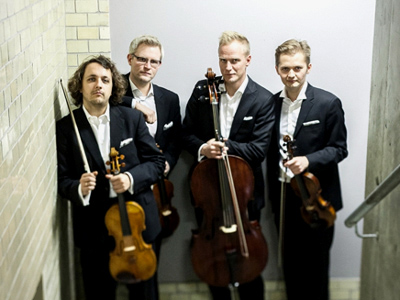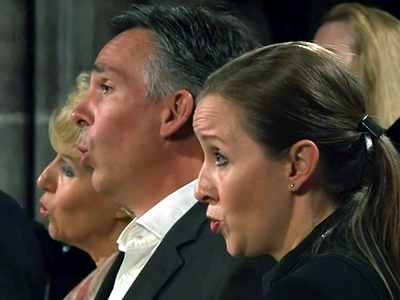By Brian Taylor Goldstein, Esq.
Dear Law and Disorder:
So, it seems we have ourselves a bit of questionable “inspiration” on our hands. The inventive work of one of our roster artists uses overhead projectors, multiple screens, puppets, actors, live feed cameras, multi-channel sound design, and a live music ensemble, to create shows. And, this technique has been popping up in other artists’ shows after the copy-cat artists have either attended one of our group’s shows or participated in one of their workshops. One person in particular attended a workshop and has now created her own show where she admits that she learned her techniques at one of our workshops. How do we prevent this kind of theft of intellectual property? Do they have any recourse to put a stop to (at a minimum) what seems to be straight-up plagiarism?
So if I understand this correctly, the group is holding workshops where they teach others their techniques, but want to make sure that those techniques are never used. They have two options: (1) make everyone who attends one of their workshops sign a contract that they will immediately forget everything they are taught; or (2) if they don’t want people copying their techniques, stop teaching workshops on how to copy their techniques! That’s like tossing a banana into a cage full of monkeys and expecting them not to eat it!
While copyright infringement is illegal, plagiarism is not. Plagiarism is an academic concept most of us are taught in school and is all about citing sources and giving credit. Plagiarism is not about copying; its about giving attribution to your sources. While similar, copyright infringement means that someone has copied an artist’s specific words, images, pictures, music, or other creative material without permission to do so. (Merely giving credit or attribution is insufficient.) The important concept here is that it’s the “material” being copied, and not the ideas or concepts behind the material.
Copyright infringement requires direct copying of actual scripts, images, pictures, music, etc. Copyright does not protect or prohibit the copying of ideas or concepts. Merely being inspired by another’s work or employing similar techniques and styles is not direct copying. In fact, the copyright laws are designed to discourage copying, but encourage imitation. So, for example, if I see a dance group performing to the music of Phillip Glass while dressed as pigeons, I can create the exact same routine for my own company—provided I do not copy the specific choreography or costumes of the other group. I would have to design my own pigeon costume (and, of course, get my own dramatic license from Mr. Glass’s publisher.) Similarly, if I see a show using overhead projectors, multiple screens, puppets, actors, live feed cameras, multi-channel sound design, and a live music ensemble, I can use the except same concepts and techniques to create my own shows—especially if I was taught how to do so by the original company. I just cannot copy the specific images, sounds, designs, or scripts of the original company. In short, your group cannot be the only one on in the world the uses overhead projectors, multiple screens, puppets, actors, live feed cameras, multi-channel sound design, and a live music ensemble. Your group can be the best. It can be the first. It can be the originator. But it cannot be the “only.”
I would certainly recommend that the group register copyrights for both its scripts and videos of its productions as that would make them easier to protect in the event of an instance of direct copying. That and stop encouraging imitating by teaching others how to imitate!
_________________________________________________________________
For additional information and resources on this and other  legal, project management, and business issues for the performing arts, visit ggartslaw.com
legal, project management, and business issues for the performing arts, visit ggartslaw.com
To ask your own question, write to lawanddisorder@musicalamerica.com
All questions on any topic related to legal, management, and business issues will be welcome. However, please post only general questions or hypotheticals. GG Arts Law reserves the right to alter, edit or, amend questions to focus on specific issues or to avoid names, circumstances, or any information that could be used to identify or embarrass a specific individual or organization. All questions will be posted anonymously and/or posthumously.
__________________________________________________________________
THE OFFICIAL DISCLAIMER:
THIS IS NOT LEGAL ADVICE!
The purpose of this blog is to provide general advice and guidance, not legal advice. Please consult with an attorney familiar with your specific circumstances, facts, challenges, medications, psychiatric disorders, past-lives, karmic debt, and anything else that may impact your situation before drawing any conclusions, deciding upon a course of action, sending a nasty email, filing a lawsuit, or doing anything rash!




